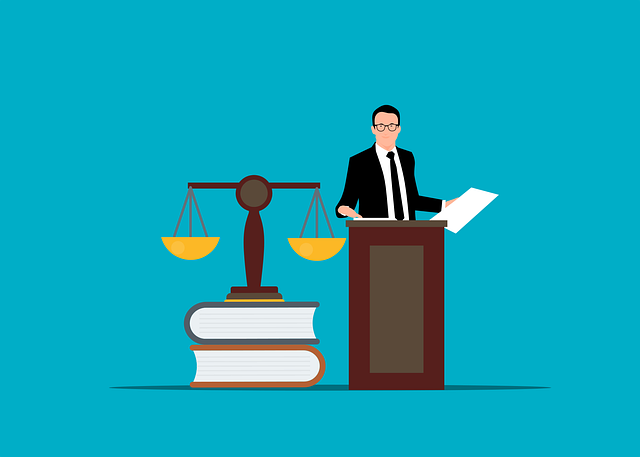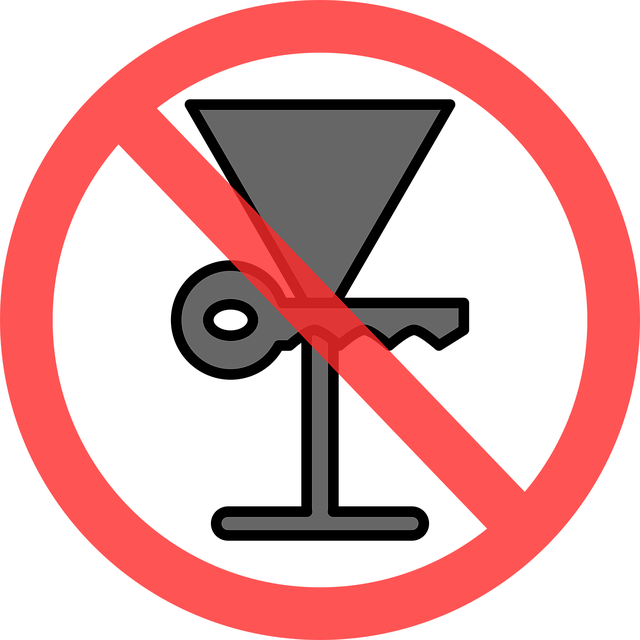In regions where Property Damage DUI Liability is a significant legal concern, understanding the financial and civil implications of drunk driving is crucial in curbing recidivism. Key strategies include robust insurance policies, awareness campaigns about consequences, and intensive rehabilitation programs that address underlying issues like substance abuse. Community-based Recidivism Reduction Strategies, such as community service and mentoring, aim to provide at-risk individuals with support networks and positive choices, reducing repeat offenses. Effective legal approaches, proactive measures by defendants, and evidence-based treatments contribute to managing property damage liability and fostering personal growth after DUI incidents.
In the intricate web of legal responsibilities, understanding Property Damage DUI Liability is paramount. This comprehensive overview delves into the multifaceted implications of driving under the influence (DUI) on property and its subsequent impact on offenders’ lives. We explore critical aspects such as recidivism rates, effective legal strategies to mitigate liability, rehabilitation programs, and community-based approaches designed to curb repeat offenses. By examining real-world case studies, this article offers valuable insights into successful recidivism reduction strategies.
- Understanding Property Damage DUI Liability: A Comprehensive Overview
- The Impact of Recidivism in DUI Cases
- Legal Strategies to Minimize Property Damage Liability
- Effective Rehabilitation Programs for DUI Offenders
- Community-Based Approaches for Reducing Recidivism Rates
- Case Studies: Successful Recidivism Reduction Initiatives
Understanding Property Damage DUI Liability: A Comprehensive Overview

In many jurisdictions, Property Damage DUI Liability is a significant legal concept that carries substantial consequences for individuals convicted of driving under the influence (DUI). It refers to the financial responsibility and potential civil liabilities arising from property damage caused during a DUI incident. This includes scenarios where an intoxicated driver is involved in accidents, leading to property loss or destruction. Understanding this liability is crucial for reducing recidivism as it offers insights into the potential impacts of DUI behavior, encouraging individuals to make more responsible choices.
Comprehensive insurance policies and robust legal frameworks play a pivotal role in mitigating these risks. By recognizing and addressing Property Damage DUI Liability, jurisdictions can implement effective recidivism reduction strategies. This involves raising awareness about the financial burden and personal consequences of DUI-related property damage, fostering a culture of accountability and responsible behavior among drivers.
The Impact of Recidivism in DUI Cases

In cases where an individual is convicted of Driving Under the Influence (DUI), the impact of recidivism, or repeat offending, cannot be overstated. This has significant implications for both the offender and the legal system, as it not only exacerbates the property damage potential but also reflects a lack of compliance with previous penalties. Recidivism reduction strategies are crucial in mitigating these issues, focusing on intensive rehabilitation programs, stricter enforcement of existing laws, and community-based interventions to break the cycle of DUI offenses.
By implementing effective recidivism reduction strategies, there’s a chance to lessen the frequency of repeat DUI incidents. This involves addressing the underlying causes, such as substance abuse disorders or mental health issues, through specialized treatment programs. Additionally, enhancing law enforcement efforts and public awareness campaigns play a vital role in dissuading potential offenders from engaging in DUI behavior, thereby reducing property damage and its associated liabilities.
Legal Strategies to Minimize Property Damage Liability

Minimizing property damage liability after a DUI (Driving Under the Influence) incident involves strategic legal approaches to reduce recidivism and protect assets. One key strategy is to demonstrate rehabilitation and personal growth through counseling, community service, or participation in support groups. These efforts can show a judge that the defendant is committed to changing their behavior, potentially leading to more lenient sentences and reduced property damage compensation obligations.
Additionally, proactive measures such as obtaining proper insurance coverage, maintaining accurate records, and cooperating fully with investigations can help. Insurance policies tailored for DUI-related claims can mitigate financial exposure, while meticulous record-keeping ensures that all actions taken post-incident are well-documented. This collaborative approach between the defendant and their legal team is instrumental in managing expectations and navigating the complexities of DUI property damage liability.
Effective Rehabilitation Programs for DUI Offenders

Effective rehabilitation programs are crucial in addressing the root causes of DUI offenses and reducing recidivism. These programs often include a combination of education, counseling, and support groups. By participating in such initiatives, offenders gain valuable insights into the impact of their actions and learn coping mechanisms to manage stress and impulses without resorting to alcohol or substance abuse.
Rehabilitation should also focus on developing practical skills and providing career guidance. Many programs offer job training and placement services, which not only help individuals secure stable employment but also reduce the likelihood of returning to DUI-related behaviors due to financial strain or lack of purpose. Additionally, regular follow-up sessions ensure ongoing support and accountability, fostering a sense of responsibility and personal growth.
Community-Based Approaches for Reducing Recidivism Rates

Community-based approaches play a pivotal role in mitigating recidivism rates among individuals facing DUI charges, offering alternative solutions to traditional punitive measures. These initiatives focus on addressing the underlying issues that contribute to repeat offending, aiming to create lasting change within affected communities. By fostering a collaborative environment, these strategies involve various stakeholders—including law enforcement, community organizations, and rehabilitation centers—to implement tailored programs.
One such strategy is community service, where offenders are required to dedicate their time and effort to local projects, such as cleaning public spaces or assisting at sober driving programs. This not only serves as a form of retribution but also empowers individuals with a sense of purpose, potentially reducing the likelihood of future DUI offenses. Additionally, mentoring programs pair at-risk youth or former offenders with supportive mentors who guide them towards positive life choices and provide valuable skills training. These community-based recidivism reduction strategies aim to strengthen social support networks and encourage long-term behavioral change.
Case Studies: Successful Recidivism Reduction Initiatives

Successful recidivism reduction initiatives have emerged as powerful tools in transforming lives and communities, offering valuable insights into mitigating repeat offenses, especially within the context of Property Damage DUI (Driving Under the Influence) cases. These programs often employ innovative strategies to address the root causes of criminal behavior, focusing on education, skill development, and support systems.
One notable example involves community-based interventions where at-risk individuals are connected with mentors who guide them through personalized recovery plans. Such initiatives have shown promising results in reducing recidivism rates by providing a structured environment for growth and accountability. Additionally, evidence-based treatments like cognitive-behavioral therapy (CBT) have proven effective in helping individuals process trauma, manage stress, and develop healthier coping mechanisms—all crucial components in breaking the cycle of reoffending.
In conclusion, addressing property damage and DUI liability requires a multi-faceted approach. By understanding the complexities of recidivism, implementing effective legal strategies, and fostering community-based solutions, we can significantly reduce repeat offenses and their associated harm. Successful rehabilitation programs play a crucial role in this process, offering offenders the tools to turn their lives around. Embracing evidence-based recidivism reduction strategies and learning from innovative initiatives outlined in case studies ensures a more safe and responsible driving environment for all.






